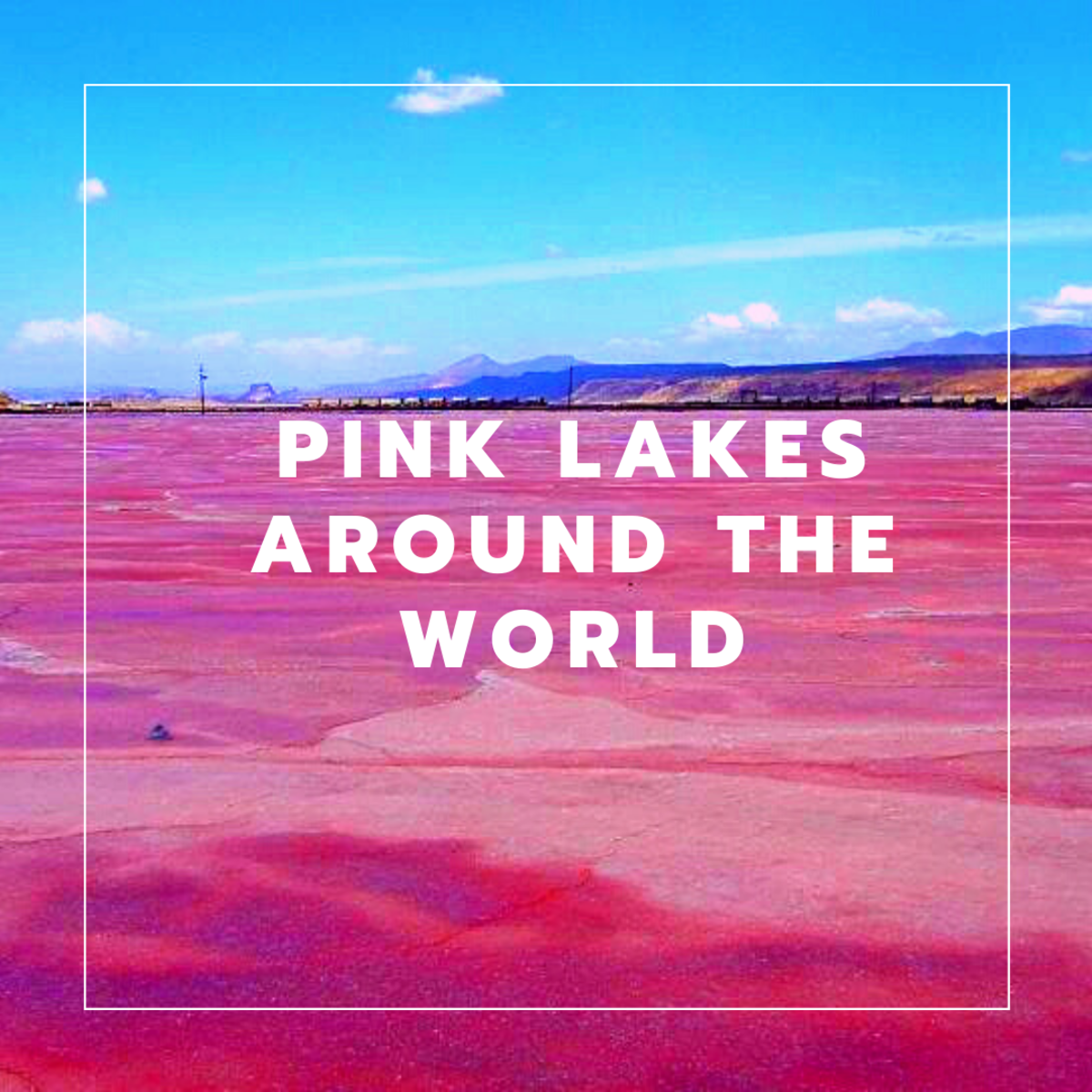Who Owns Your Water?
Privatization of Water
As we allow individuals and private entities to control resources, we bring forward the day we will have little or no access.
This is an obscenity.
The misuse of public trust and resources by individuals and corporations is a world-wide and ongoing issue.
Whether cities,municipal utilities,golf courses, tourism, industries or private corporations water is diverted, polluted and ofter bottled and sold without consideration for the communities,families and individuals that need this precious resource to survive. Now why should we care? World-wide this is being allowed to happen. The rationale is that corporations can better deal with aging infrastructure and inefficient delivery systems. The facts do not bear out this argument. Corporations consistently seek the cheapest, most short-term, often socially detrimental, and least environmentally sustainable, approach.
As individuals we need to be aware and vote with ballots, our voices, and our wallets.
Water … a basic human right
Clean water is a basic human right. Everyone knows that and only an absolute moron would disagree. Our knowledge doesn’t explain why water sources continue to dry up and water prices continue to climb. This site lists a lot of companies that sell water.
Roll Call
Add Nestlé, Coca-Cola and Perrier to this roll call of H2O producers and suppliers. In fact they don’t really produce anything … you do.
Your tax dollars at the municipal level are used to store, distribute and maintain a supply of clean water. In some areas money is used to recycle and purify water. This water is for drinking, agriculture, replenishing ground-water resources, and for creating a freshwater barrier. This barrier prevents seawater from contaminating fresh water.
What some of the bottled water companies do is take water directly from these reserves and they don’t pay for it. Then they charge customers a premium price for bottled water.
Nestlé’s CEO Peter Brabeck has some interesting thoughts on water.
Breaking the Set (11 June 2013)
On the other hand, Coca-Cola says, “… water comes with the assurance of safety from The Coca-Cola Company. That is why we introduced … with reverse –osmosis along with the latest technology to ensure purity of our product. Because we believe that right to pure, safe drinking water is fundamental.”
Water and your health
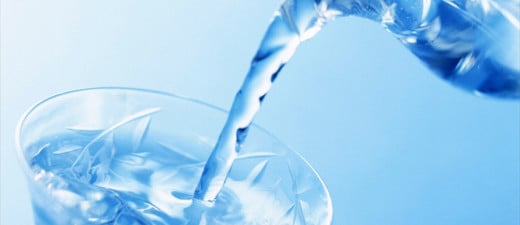
Not all doom and gloom
There are solutions to our dwindling water supply. The two big ones,Ground Water Replenishment System (GWRS) and Desalination are quite expensive, and they will need government and corporate support. A number of communities around the world are using the two systems to filter water and restore precious water reserves.
Less expensive solutions include home filter,smart toilets and storage of rainwater. While these systems don't restore water to depleted water tables and ground water, they do offer some help to individuals.
A third solution,the Omni-processor, is discussed further down on this page.
GWRS Pre-Purification
Orange County Californea has used GWRS for a few years
Water used in the GWRS is first treated at the Orange County Sanitation District (OCSD). OCSD collects more than 200 million gallons (757,000 cubic meters) of wastewater per day and removes a high degree of impurities through several processes.
A stringent source control program limits metals and chemicals flowing into OCSD's plants in Fountain Valley and Huntington Beach.
The waste water undergoes treatment through bar screens, grit chambers, trickling filters, activated sludge, clarifiers and disinfection processes before it is sent to the GWRS. It is vital that the water meets very strict water quality standards before it enters the GWRS.
Microfiltration
Microfiltration is a separation process that uses polypropylene hollow fibers, similar to straws, with tiny holes in the sides that are 0.2 micron in diameter (1/300 the diameter of a human hair). By drawing water through the holes into the center of the fibers, suspended solids, protozoa, bacteria and some viruses are filtered out of the water.
Water: Hope
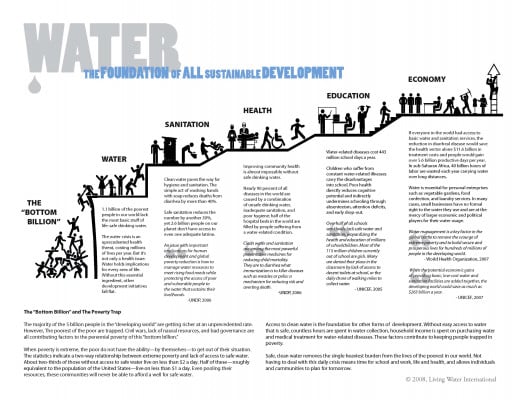
Reverse Osmosis
Reverse osmosis (RO) membranes are made of a semi-permeable polyamide polymer (plastic).
During the RO process, water is forced through the molecular structure of the membranes under high pressure, removing dissolved chemicals, viruses and pharmaceuticals in the water. The end result is near-distilled-quality water so pure that minerals have to be added back in to stabilize the water. RO has been successfully used by the Orange County Water District since the mid-1970s to purify highly-treated wastewater for its seawater intrusion barrier.
Resverse Osmosis in your home
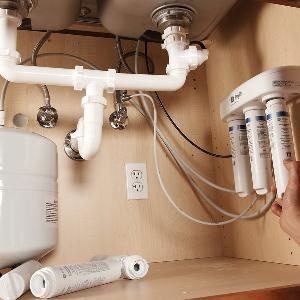
UV with H2O2
Water is exposed to high-intensity ultraviolet (UV) light with hydrogen peroxide (H2O2) to disinfect and to destroy any trace organic compounds that may have passed through the reverse osmosis membranes. Examples of these trace organic compounds are N-Nitrosodimethylamine (NDMA) and 1-4 Dioxane, which have to be removed to the parts-per-trillion level. UV with H2O2 is an effective disinfection/advanced oxidation process that keeps these compounds from reaching drinking water supplies.
Orange Country GWRS
Where Does GWRS Water Go?
The GWRS has a current production capacity of 70 million gallons (265,000 cubic meters; 215 acre-feet) of water per day and a total production of 23.5 billion gallons (89 million cubic meters; 72,000 acre-feet) per year. After water is treated with the three step process at the GWRS, approximately 35 million gallons (132,500 cubic meters) of GWRS water per day are pumped into injection wells where it serves as a seawater intrusion barrier. Another 35 million gallons (132,500 cubic meters) per day are pumped to recharge basins in Anaheim, where GWRS water filters through sand and gravel to replenish the deep aquifers of north and central Orange County’s groundwater basin.
Seawater Barrier
The threat of salt water from the ocean contaminating Orange County's groundwater basin has been a concern for decades. The groundwater basin is the county's primary potable water supply and provides storage for nearly 500,000 acre-feet (616,000 cubic meters) of usable water. As the region has continued to grow, water demands have risen. Pumping more water out of the basin increases the possibility of salt water seeping into the basin.
The Orange County Water District (OCWD) built Water Factory 21 (WF-21) in the mid-1970s to treat wastewater to inject into 23 wells along the coast, creating a seawater intrusion barrier. As demands to pump more water out of the basin increased, the barrier required more purified water than WF-21 could produce, which had a daily production of 22.6 million gallons (85,600 cubic meters) per day. (14 million gallons (53,000 cubic meters) of WF-21 water blended with 8.6 million gallons (32,600 cubic meters) of deep well water.)
With the completion of the GWRS, OCWD now produces enough water to form a highly protective barrier that safeguards Orange County's fresh water supply. About half of the water produced by GWRS (35 million gallons; 132,000 cubic meters) is injected into the seawater intrusion barrier every day.
Water from the Ocean
Big Water and your future
Big Water is sucking the life out of a precious natural resource for a pittance, and government is only too happy to allow the Greedy Gulp to continue.
Toilet Water?
Would you drink water that had been filtered from waste water?
Groundwater Recharge
The Orange County Water District (OCWD) is responsible for managing a very large groundwater basin that provides approximately 60% of the potable water supply for 2.4 million residents of north and central Orange County.
In 1936, OCWD began purchasing portions of the Santa Ana River channel to actively manage capture of the river water as a source of supply for the groundwater basin. Today, OCWD owns approximately 1,000 acres contained within a six-mile section of the Santa Ana River from Imperial Highway to Ball Road in Anaheim, California. There are more than two dozen recharge basins in this area that range in depth from 5 to 150 feet (1.5 to 45 meters).
After water is purified through the GWRS, about half of it is pumped in a 13-mile (21 kilometers) pipeline to two of OCWD’s recharge basins, Kraemer and Miller, in Anaheim. The GWRS water percolates through the sand and gravel in these basins and naturally filters into the county’s groundwater basin. This groundwater is pumped from over 400 wells operated by local water agencies, cities and other groundwater users. The GWRS is an important and effective way to replenish the groundwater basin.
Science Says
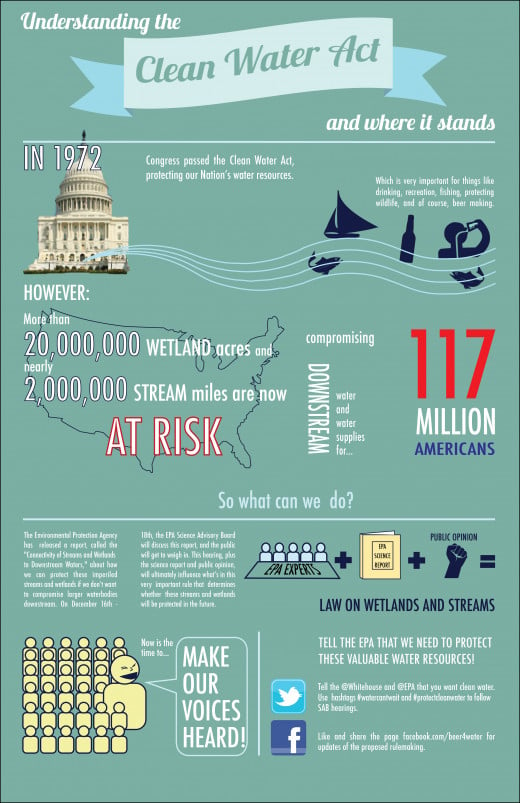
Affordable Water Filtration
An affordable Solution
The Janicki Bioenergy Omni Processor was funded by the Bill and Melinda Gates Foundation in 2013. Originally designed to take in sewer sludge and primarily output electrical power, it can now be seen as a way to produce clean, drinkable and potable water.
A plant costs 1,500,000 USD. While that amount is large by the standards of the average working person or family, it is affordable by government and private industry. This technology would allow a community to treat its sewage, reduce pollution, reduce disease caused by water contamination and possibly create a sustainable source for drinking and bottled water(which doesn't have to be in disposable bottles)
While these projects are currently aimed at the third world there is no reason why office and apartment buildings, government centers, shopping malls and educations campuses shouldn't incorporate this new technology into their designs. Including water-refilling stations and sustainable gardens as part of their design. Re-thinking a public space could create a lasting benefit to the community.
Ontario vs Nestle
- Ontario groups wage water war on Nestle
Water activists want the Ontario government to turn off the taps on Nestle Canada and other large-scale “water miners” — the latest scuffle in an ongoing water war erupting throughout North America. Nestle operates two water bottling plants in the pr






